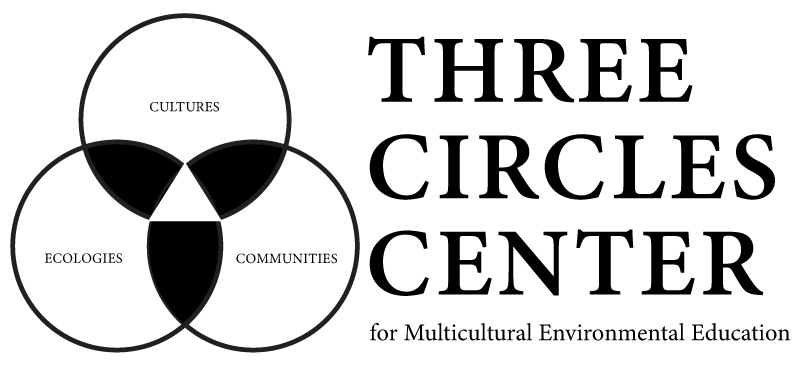 The EPA’s Community, Culture and the Environment: A Guide to Understanding a Sense of Place is available at US EPA ARCHIVE DOCUMENT
The EPA’s Community, Culture and the Environment: A Guide to Understanding a Sense of Place is available at US EPA ARCHIVE DOCUMENT
The Guide is arranged by the following chapters:
CHAPTER 1. Introduction. What is a community cultural assessment? This chapter includes an overview of the Guide and background information on its development.
CHAPTER 2. What Are Community and Culture? This chapter discusses key terms such as community, culture, and social process. It describes how understanding these different elements of community life can enhance community-based efforts.
CHAPTER 3. How to Use Assessment Results. This chapter discusses how assessment information can contribute to and support a variety of environmental protection strategies at the community level.
CHAPTER 4. The Tool Kit.
STEP 1: Conduct Pre-project Planning helps you assess your readiness to begin an assessment project and leads you through such necessary steps as forming a team, defining your goals, establishing your budget and evaluating your financial resources, and understanding the ethics of assessment.
STEP 2: Define Goals and Community includes information and worksheets to help you set your goals and understand the community with which you plan to work.
STEP 3: Identify Community Characteristics outlines 15 community characteristics and related questions to consider using in your assessment project (Figure 1-3). This section can be used as a checklist for determining your assessment goals and questions — you can pick and choose from it and supplement, as needed, with your own questions.
STEP 4: Identify Assessment Methods describes in step-by-step detail how to use 13 different tools to answer questions about your community and to develop a community cultural assessment (Figure 1-4). Bibliographic resources are included.
STEP 5: Analyze Results presents guidance on how to store, organize, and analyze the raw information the assessment methods generate. It also suggests ways to summarize, present, and describe your findings in an understandable and convincing manner.
STEP 6: Select and Implement Best Strategies is discussed in Chapter 3 and in Appendix A, Community Case Studies.
Appendices.
APPENDIX A: Community Case Studies.
APPENDIX B: Conceptual Foundation for Assessment Methods: Qualitative and Quantitative Data and
Triangulation (including sampling, validity, and questionnaire design).
APPENDIX C: Matrix of Assessment Methods.
APPENDIX D: Bibliography.
Definition Boxes, Figures, and Tables illustrate key points and explain important terms.
Bibliographic Resources suggest resources for further reading.

Comments are closed.